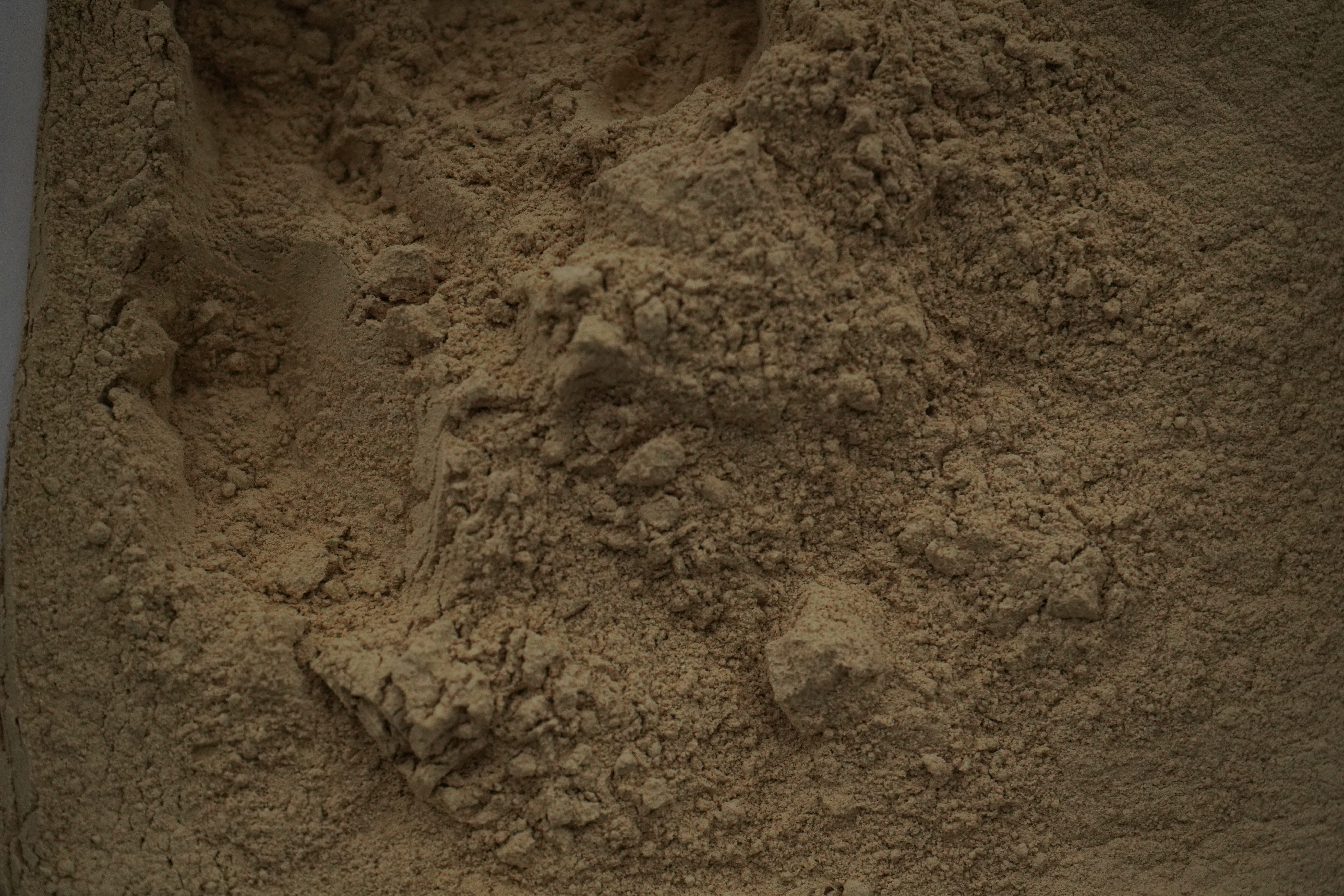

Gallnut
Lat. Quercus infectoria
€6.33
Out of stock
Gallnuts are a rich source of tannins, offering a variety of earthy shades. When used on their own, they give butter yellow, beige, cream, and light brown on both cellulose and protein fibers. Introducing an iron post-mordant can transform these shades into various greys, blacks, and magnificent deep eggplant purples.
Gallnuts can be used with or without mordants. Also, being a great source of tannins, they can be used as an organic tannin mordant for other dyes. Additionally, gallnut extract is great for using it as a 2-step mordant with aluminum acetate for cellulose.
Moreover, it can be used for making botanical ink, watercolors, printing paste, and a variety of other dyes.
Name: gallnut, oak gall
Latin name: Quercus infectoria
Other names: nutgall, galls, Aleppo galls, Aleppo oak nuts, tannic acid
Type: mordant dye, no-mordant dye, organic mordant
Part of plant used: gallnuts formed on the Aleppo oak leaves
Colorants: various tannins, mostly from a gallotannin class
Main colors: beige, grey, brown
Other colors: soft shades of yellow, tan, black, deep greyish purple
Purpose: natural dye for textiles, leather, wood, candles, and other natural materials. Can be used as an organic mordant for other natural dyes. Can be used for making botanical inks, pastels, watercolors, printing paste, etc. Gallnuts have a long history of being used for ink.
Dyeing and mordanting with gallnuts:
Use at 10-20% WOF (weight of fiber) when mordanting.
Use at 20-50% WOF (weight of fiber) when dyeing.
Add gallnut powder to the dyeing pot filled with water, and stir well.
Raise temperature to 70-80°C and simmer for 1 hour. Let it cool. You may simmer longer for darker colors.
Strain through a fine cloth to keep small particles out of the dye bath.
Fibers, whether pre-mordanted or unmordanted, should be soaked in water for at least 30 minutes before adding to the dye solution.
Immerse fibers in the gallnut solution and simmer for 30-60 minutes, depending on the desired shade. Allow the solution to cool. You may simmer and soak longer if you wish to get deep, dark tones.
For dark grey, black shade, or deep greyish purples, you can place gallnut-dyed fibers into ~ 2% WOF iron sulfate solution or add a pinch of iron directly into the gallnut dye.